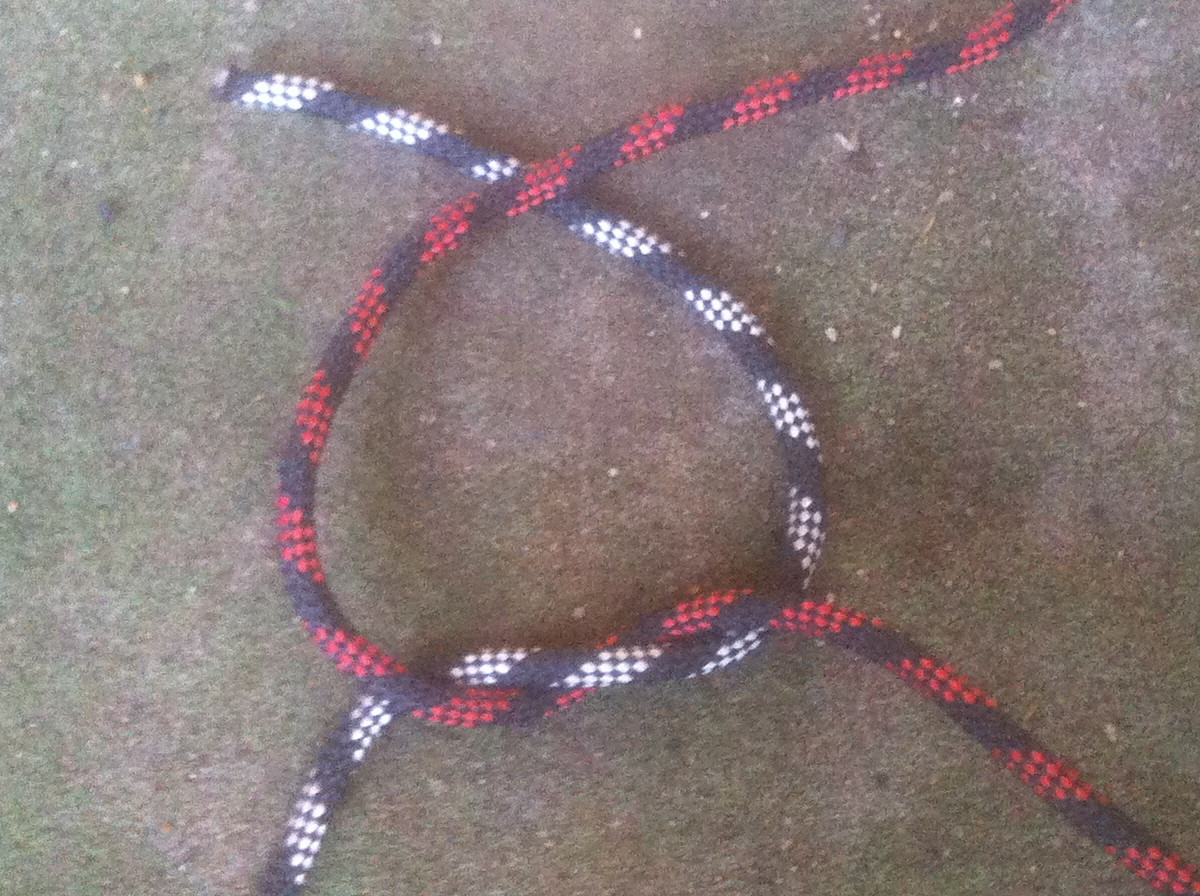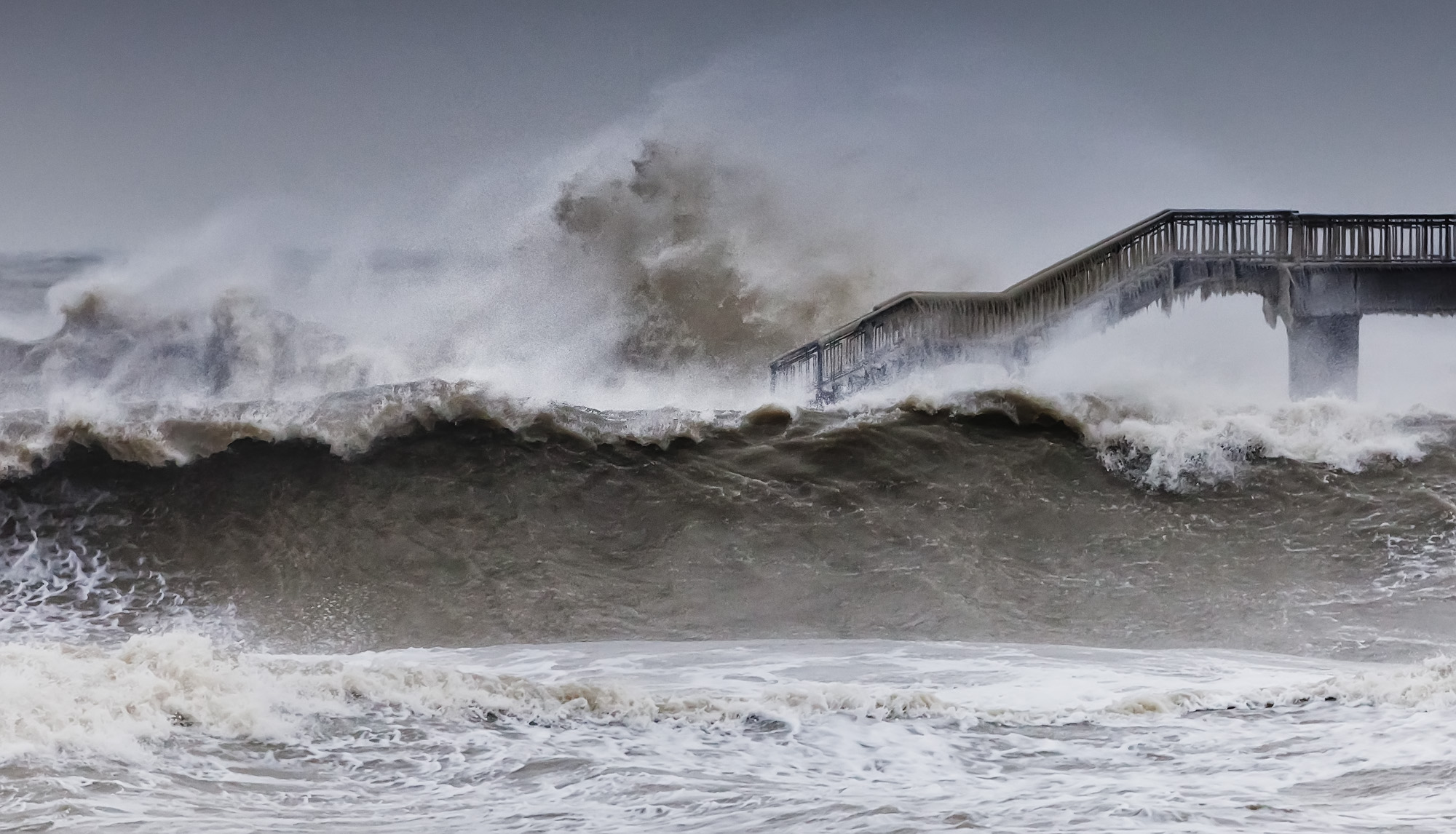

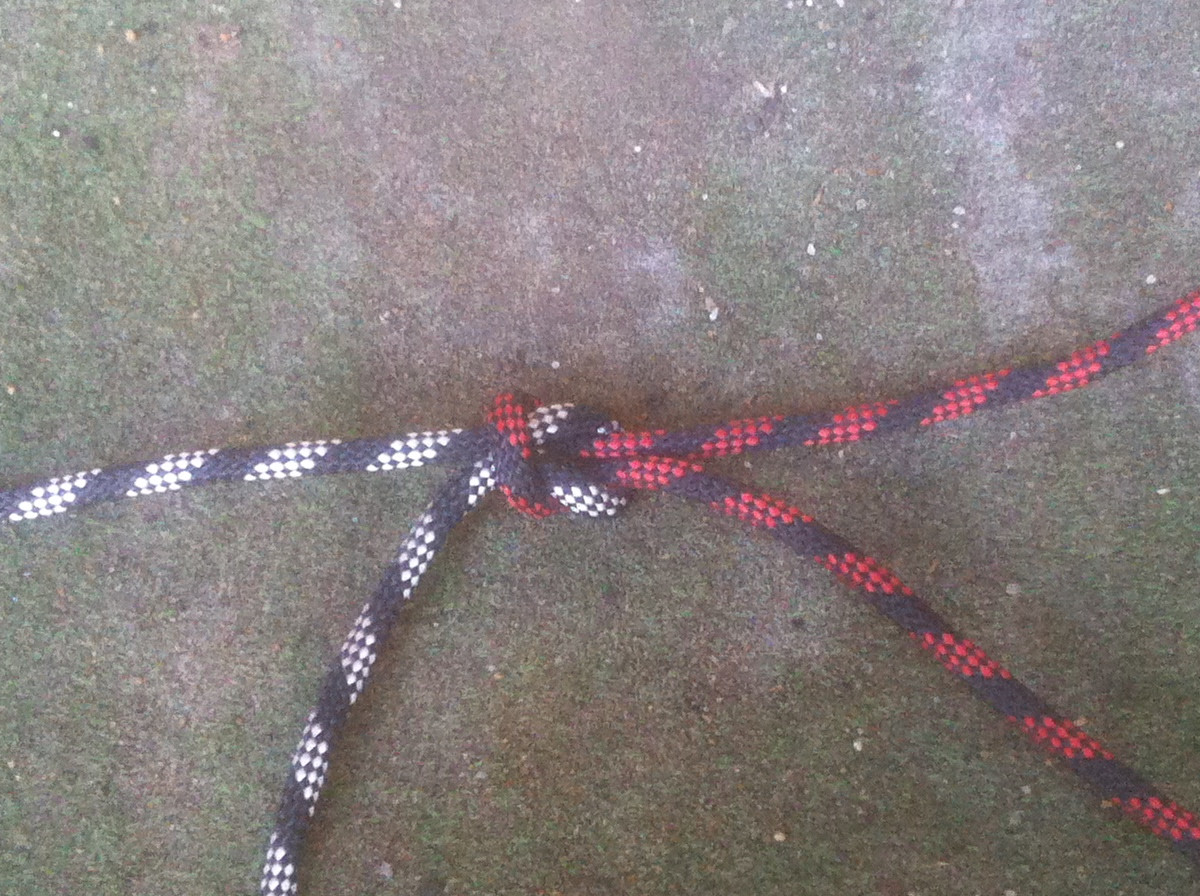
Knots for Windsurfing 1: Square Knot
There are three basic knots one should know as a windsurfer as they can come in handy at one time or another. There first is the square knot. The square knot is the most useful of the three I will talk about as it is what we use when we need to unite two rope ends. This can help us out of a pickle when the downhaul or the outhaul line tears on the water. Make sure you have control of this knot.
Here is the sequence for a square knot:
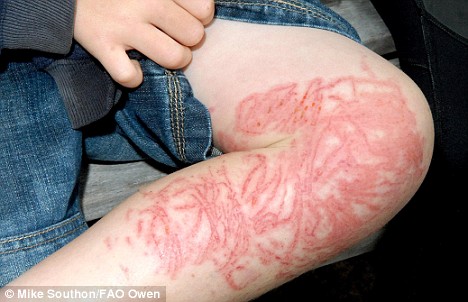
How to Treat a Jellyfish Sting
Every year around February and March, El Médano is visited by jellyfish. A jellyfish sting is a pretty excruciating experience and so knowing how treat the resulting burn is a handy thing to know. Now it is true that not all jellyfish are painful to touch and not many are actually deadly.
How to Treat a Jellyfish Sting
Things you should do:
- First off, stop any strenuous exercise. If you continue to pump the toxins through the body you will notice a pain spreading through the chest. Sit down and relax and treat the burn.
- Take a hot water shower. As hot as you can bear. The hot water destroys the protein cells that contain the toxin.
- Get rid of all the tentacles (make sure you don’t touch them with your bare skin. Use gloves or tweezers)
- Keep the area wetted with the type of water you were stung in (salt water or fresh water)
- Scrape the burnt skin CAREFULLY with a sharp edge such as with a knife, safety razor or credit card (make sure to only scrape in one direction)
- Apply heat (a first aid course in Australia taught me to treat land animal stings with cold and water animal stings with heat, i.e.. very hot water)
The thing that helped me the most when I got stung was take a hot shower. Hot as in, as warm as I could bear it and then increasing the temperature when I got used to that setting. From what I have read the toxins are protein cells much like egg-white cells which get neutralized by heat.
Things you should NOT do:
- Apply fresh water on the area
- Apply alcohol
- Urinate on the area
- Apply ammonia
- Apply ice to the wound
- Rub the area (this will only make the protein cells that contain the venom burst and hurt more)
There are a few methods on how to remove the venom of a jellyfish from the skin. One is to make a paste of baking soda and water and apply it to the area and covering it with a cloth.
Prevention
So much for the cures to these very painful stings, now to the prevention.
The best way to avoid a jellyfish sting is of course not to go in the water. If you hear of jellyfish being in the water, just do a land activity, as simple as that.
If you decide you must go in the water, go prepared. A long-leg, long-arm wetsuit will at least protect most of your body, minimizing the area available. Naturally this does not protect your head. I personally have a long wetsuit that is thin for warm waters to stay protected.
There is also a sun cream with jellyfish repellent available on amazon which you can give a try although I have no idea just how effective it is.
When encountering a jellyfish in the water, you will probably only see the bag on the surface and not so much the tentacles. This is true for the portuguese man of war. Remember that the bag is always downstream of the tentacles and the current and wind on the water surface blow the bag and the tentacles follow. So if you are sailing along and see the bag, pass it on the downwind side to avoid any tentacles getting stuck and tangled on your feet.
If you have any more tips of dealing with jellyfish stings, please let me know so that the information is complete.
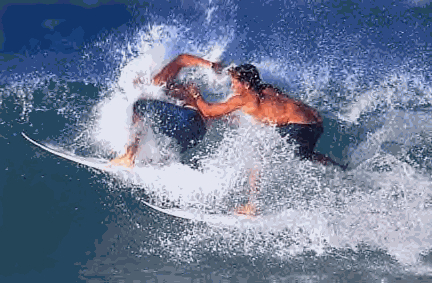
Surf Rage
Surf Rage: the aggressive behavior some people have when they are windsurfing, kitesurfing or surfing. This is usually an abnormal circumstance as they are not like this except when on the water. This may be evident through rude gestures, insults and threats as well as acting in a way that is dangerous to others such as surfing too close or attacking them on shore after an encounter on the water.
Basically it is road rage for surfers. In short, it is a childish and selfish behavior which puts others at risk just so that they can have the space (be it the spot or the waves) for themselves.
It is easy to identify where this aggressive attitude comes from. Every surfer knows the pleasure of being on the water practically alone. Not having to watch out for other surfers makes the session much more enjoyable as you can focus on you own moves and fun. Even when there are rules established in terms of priority and people abiding by the rules of right of way, it still means we have to watch out for not running into each other.
Add to this the prejudice some people have about the individual sports such as surfers versus bodyboarders versus SUPers versus windsurfers versus kite surfers and you have a tense situation on the water indeed.
This prejudice comes from a variety of situations which has made another sport annoying for others. For example, just from what I have seen personally, surfers who can’t stand bodyboarders who get the wave for being closer to the peak only because they don’t have fins to watch out for in the shallow water when the wave draws back over the reef; windsurfers getting annoyed at surfers who are lying in the water in the wave where they are not seen and surfers getting annoyed at windsurfers for not seeing them and sailing too close, SUPers being hated for the danger they pose when they wipeout with their monster boards; SUPers and long-boarders taking all the waves due to the extra volume, kite surfers being insulted for dropping their kites in areas that windsurfers need to head through in one go or end up on the rocks, kite surfers hating windsurfers for lying in the water where no one can see them when they are jumping, and windsurfers getting surprised by a kite surfer landing only a few metres next to them or in their sail; and the list goes on and on.
Every once in a while I fall prey to this reaction, but only getting annoyed at a person in particular for being selfish, ignorant, inexperienced or just unlucky. However, that is no reason to berate them or threaten them. We have all been in the way of someone else at some point or another and will do so in the future. Most of these are accidents, bad timing, not seeing, not looking or whatever reason. Getting riled up about it will not help but make the situation on the water more tense.
In short, we are sharing a space on the water which belongs to everyone. Most of the time people [insert annoying action here] because they genuinely didn’t see us or they don’t know the rules. Being an asshole about it won’t help anyone. If you are annoyed, tell the other person calmly when you get back to the beach. Most of the time breaking the rules and rights of way was a genuine mistake resulting in a scare or a missed wave and the instances that it was out of sheer selfishness are rare, except for in spots where the competitiveness has pushed the general attitude into a “me first” state.
Let me know what you think. What situations have you had?



